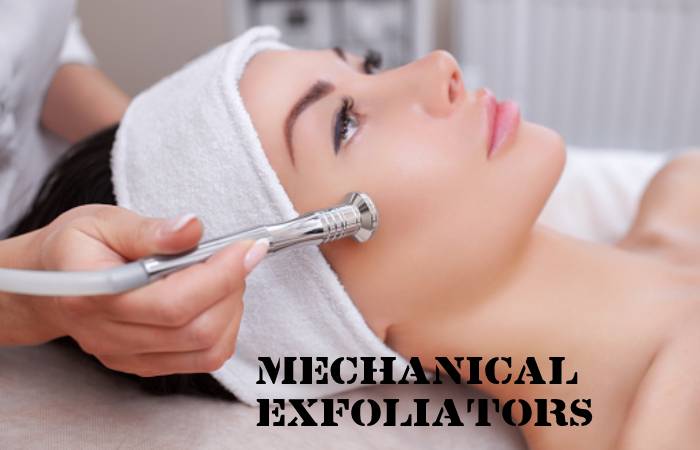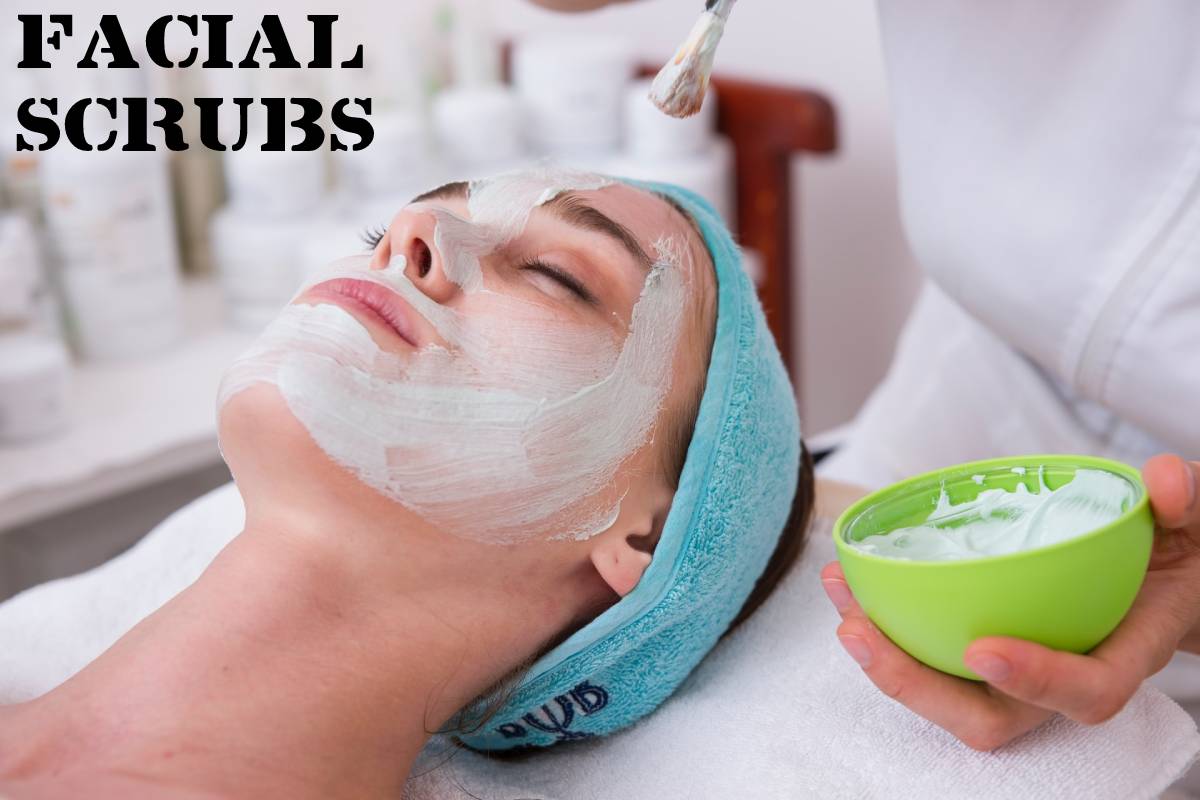Facial: dermatologically, exfoliation is the natural process of skin cell renewal with which our dermis gets rid of impurities and dead cells, preventing their accumulation. This process is usually conducted artificially in cosmetics, cleaning and freeing the epidermis of these residues that accumulate daily in our skin and clog it. In recent years, exfoliation has become an essential step in the weekly facial cleansing ritual, especially after 30, when natural cell renewal slows down. With exfoliation, in addition to deep cleansing and reducing sebum, facial rejuvenation is stimulated, preventing skin ageing stimulating circulation and oxygenation of the skin.
Despite its multiple benefits, we must be cautious with its use and not abuse this type of product. We carry out this treatment at most every 7 or 10 days to obtain an optimal result without damaging the skin. Before performing an exfoliation, it is imperative to consider the type of skin and its sensitivity and the existence of any inflammation or facial irritation and be attentive to any reaction that the skin may have. At the end of the treatment, we must always protect the area from solar radiation with an SPF 50 photoprotector. Some exfoliants, such as chemical ones, are photosensitive, and the skin will be more sensitive and exposed.
Mechanical Exfoliators

These exfoliants have a superficial action and should be applie with a gentle, circular massage. Among its components are microparticles that remove dead cells and accumulate dirt through their mechanical effect on the skin. Depending on the composition of the exfoliant granules, it can be more or less potent. Among the soft ones, indicated for dry and sensitive skin, are the particles of sea salt with essential oils, bamboo, peach pit, or walnut shell, as is the case of the Cibelesthetic Peeling Scrub. The most abrasive compounds of this type of peeling are salts, calcium carbonate, pumice stone or pulverized volcanic rock, indicated for thicker and oilier skin or body use.
Chemical Exfoliators
This type of exfoliant, also called chemical peeling, is more intended for professional use since it works on more specific problems and is usually a little more aggressive, removing the outer layer of the epidermis thanks to its active ingredients such as phenol, salicylic acid, trichloroacetic acid, lactic acid, retinoic acid, citrus… The power and effects of the scrub vary depending on the active ingredient and the pH.
A chemical peel indicated for all skin types is Abidis Acid Facial Scrub. Which combines lactic acid with peach pit particles, providing a more effective double effect on the skin.
Despite what it may seem, there are options for sensitive skin in this type of exfoliant. Such as the Lactobionic Resurfacing Peel, whose main compound is lactobionic acid. Which in addition to producing a renewal of the superficial layers of the epidermis, offers high moisturizing power.
Enzymatic Exfoliators
These exfoliants are very close to chemical ones due to their operation since they do not require massage. Its format can be in cream, gel or tonic, without granules, so its texture is very smooth. And its active ingredients are natural and usually come from fruit such as papaya, pineapple, fig, etc. By penetrating the skin, it breaks down dead cells and regenerates and hydrates the deepest layers of the dermis. Reducing wrinkles and reactivating collagen formation, accelerating natural cell renewal.
Our favourite is the Goodbye Steam enzyme peel! from Cibelesthetic. Its natural active ingredients such as soy, calendula oil. And flower extracts make it effective as a cellular renovator and facilitate the extraction of impurities. Comedones, or blackheads when used in the facial cleansing protocol. To add a plus and achieve the best results. We recommend combining the application of the facial scrub Goodbye to Steam. With portable ultrasonic peeling since it is comfortable. And straightforward to use to work in this type of treatment, both at home and in beauty salons.

